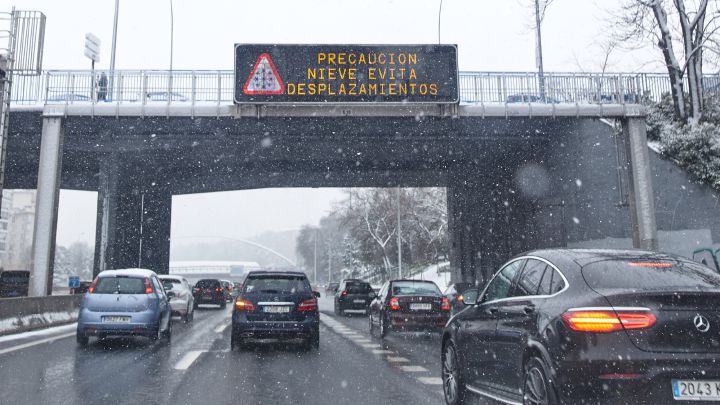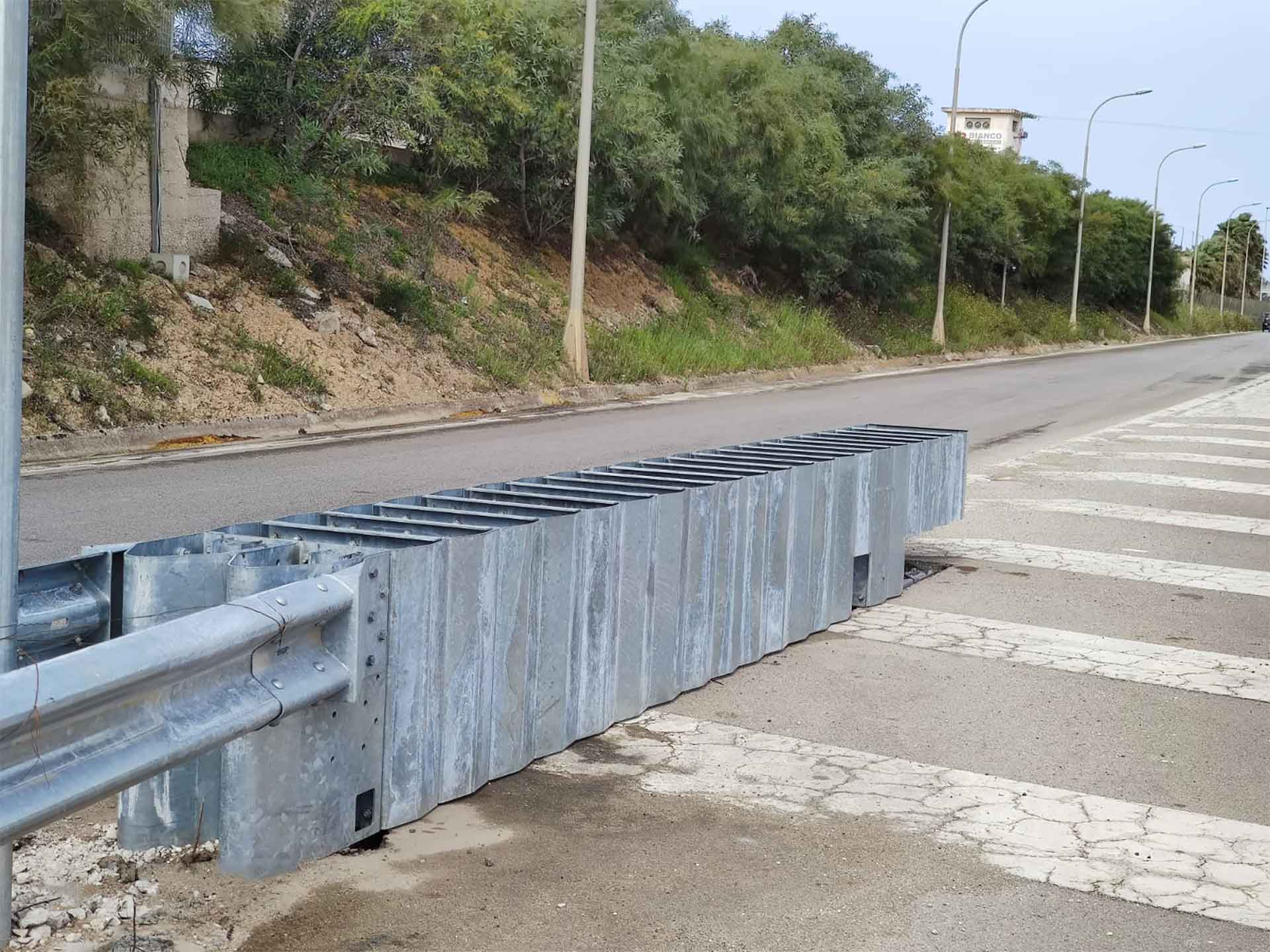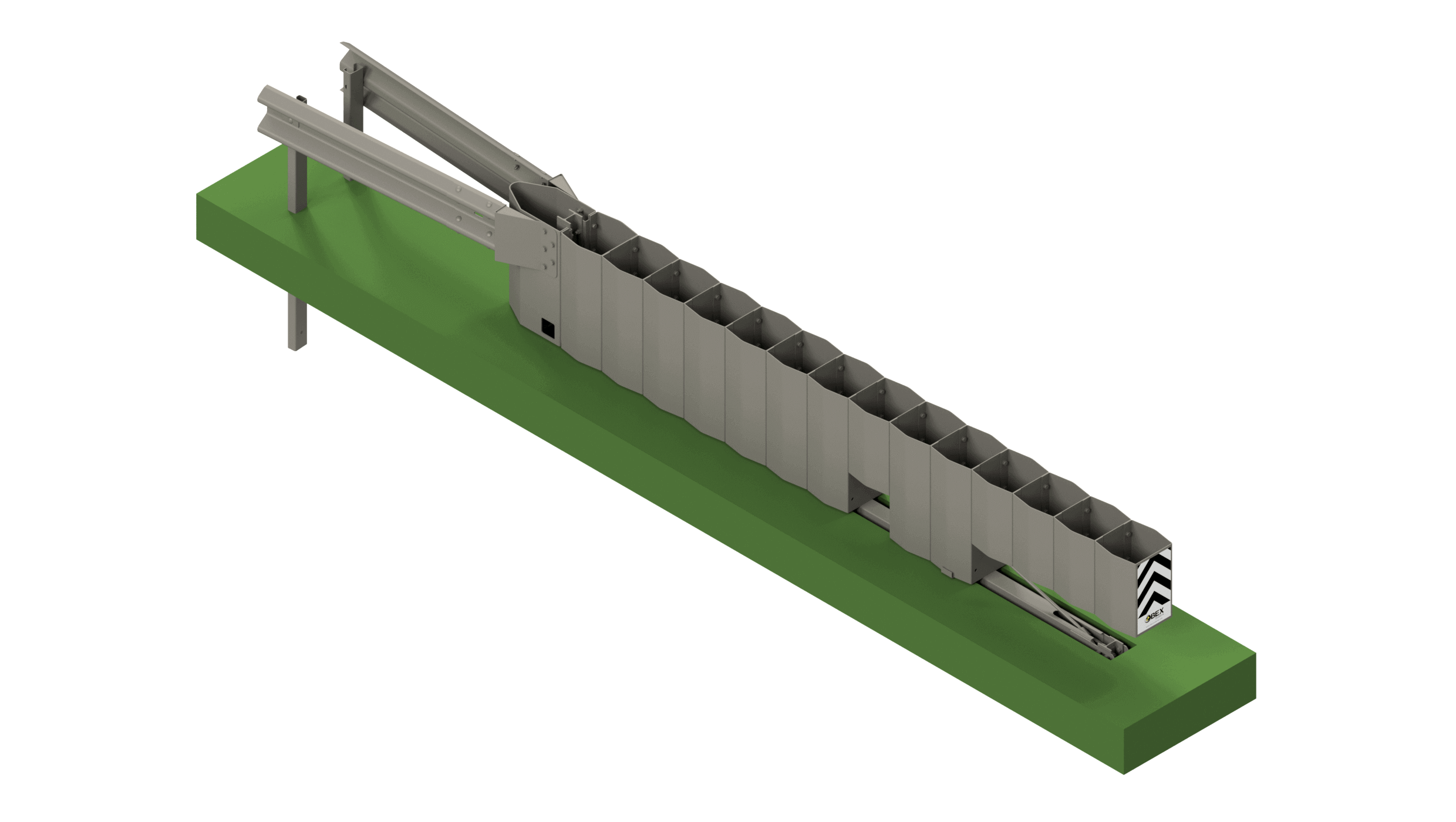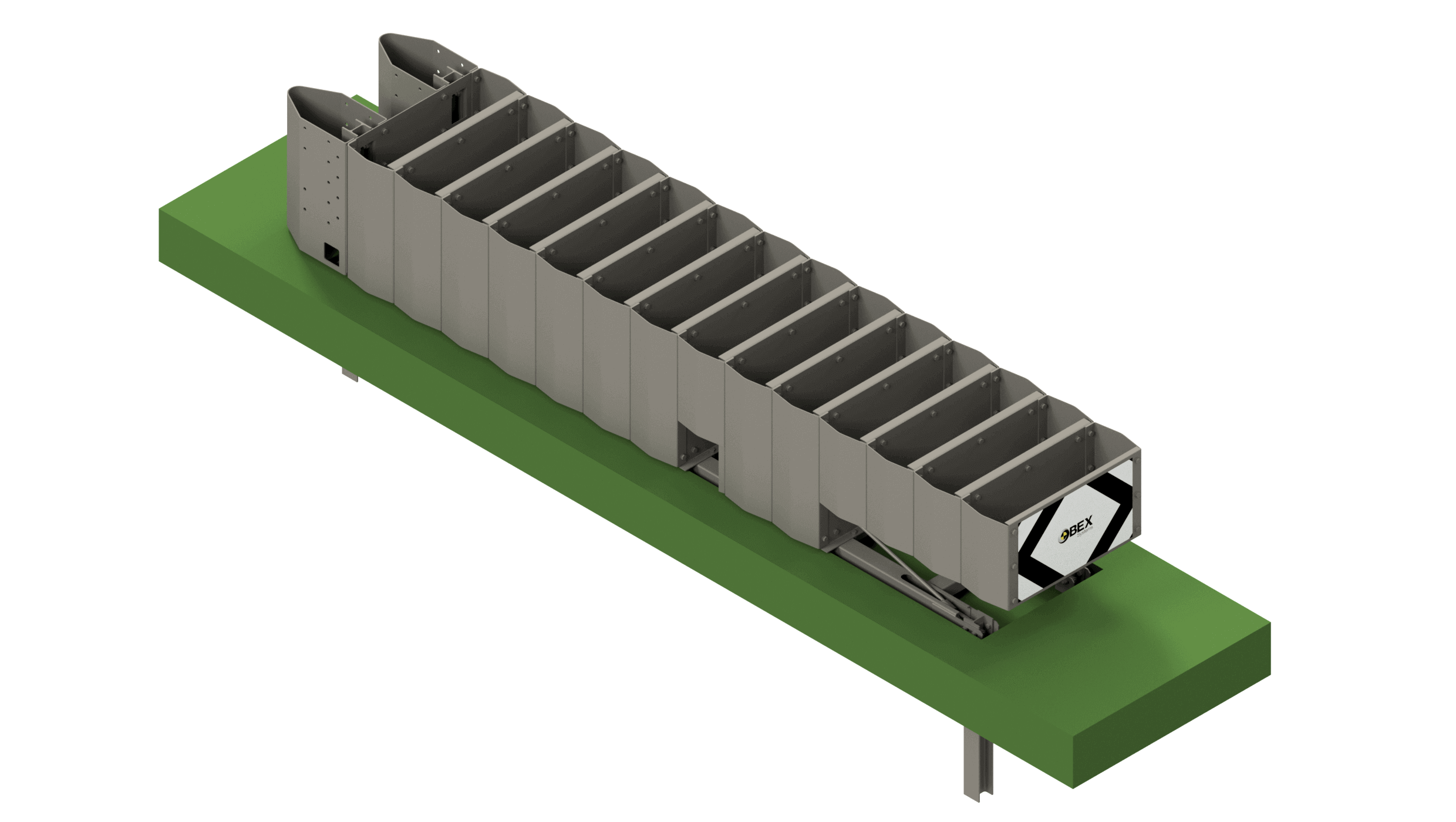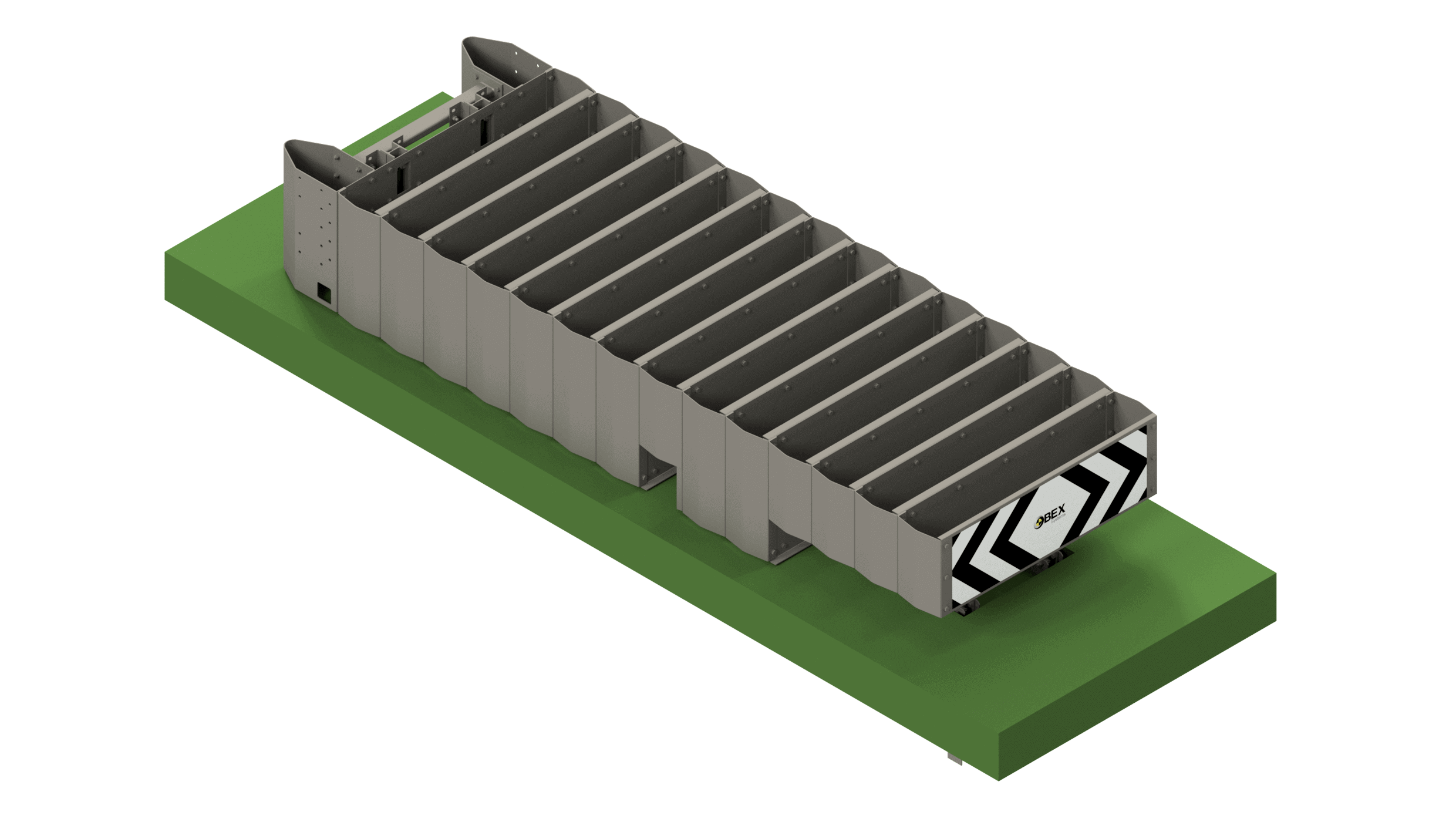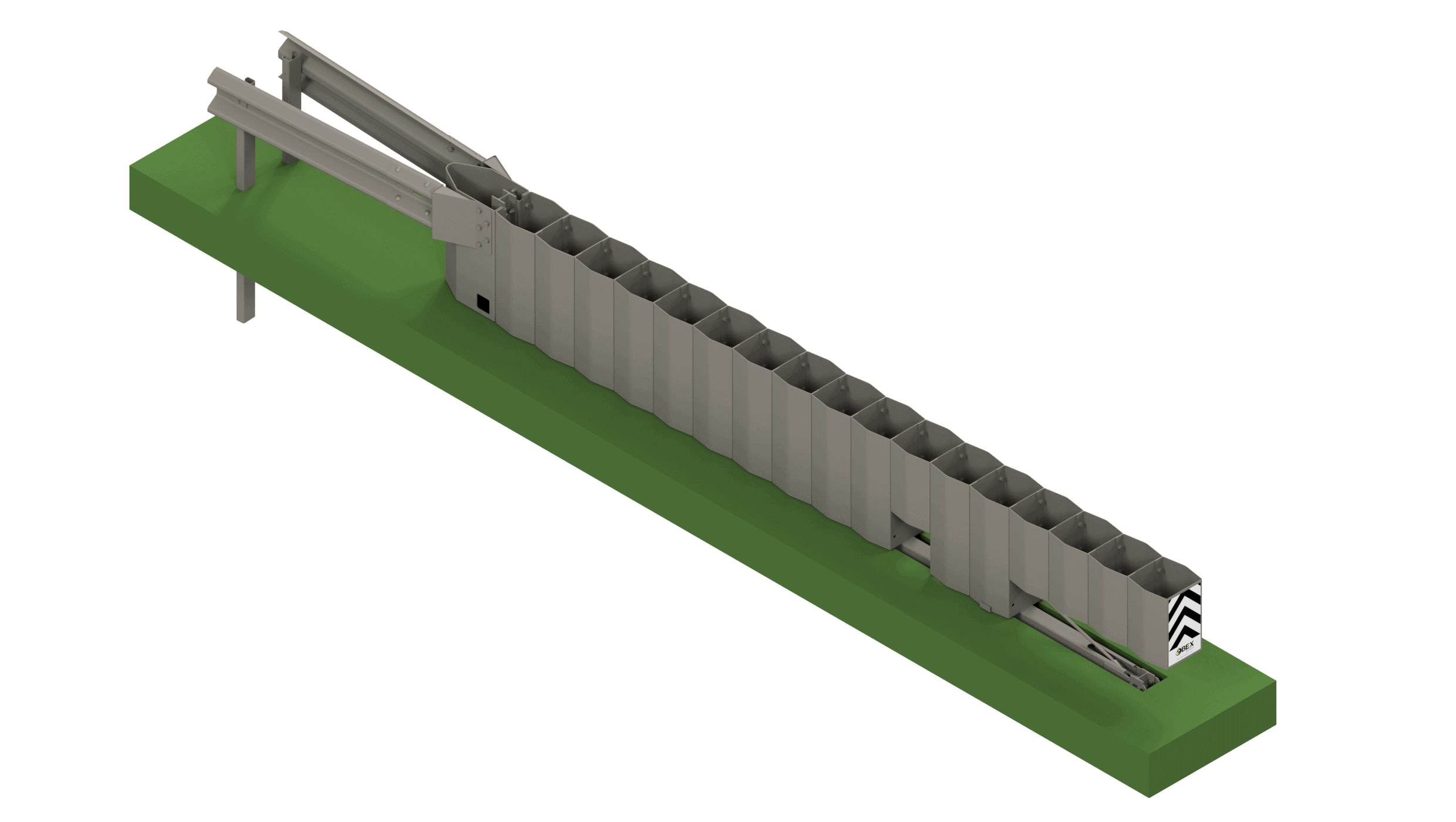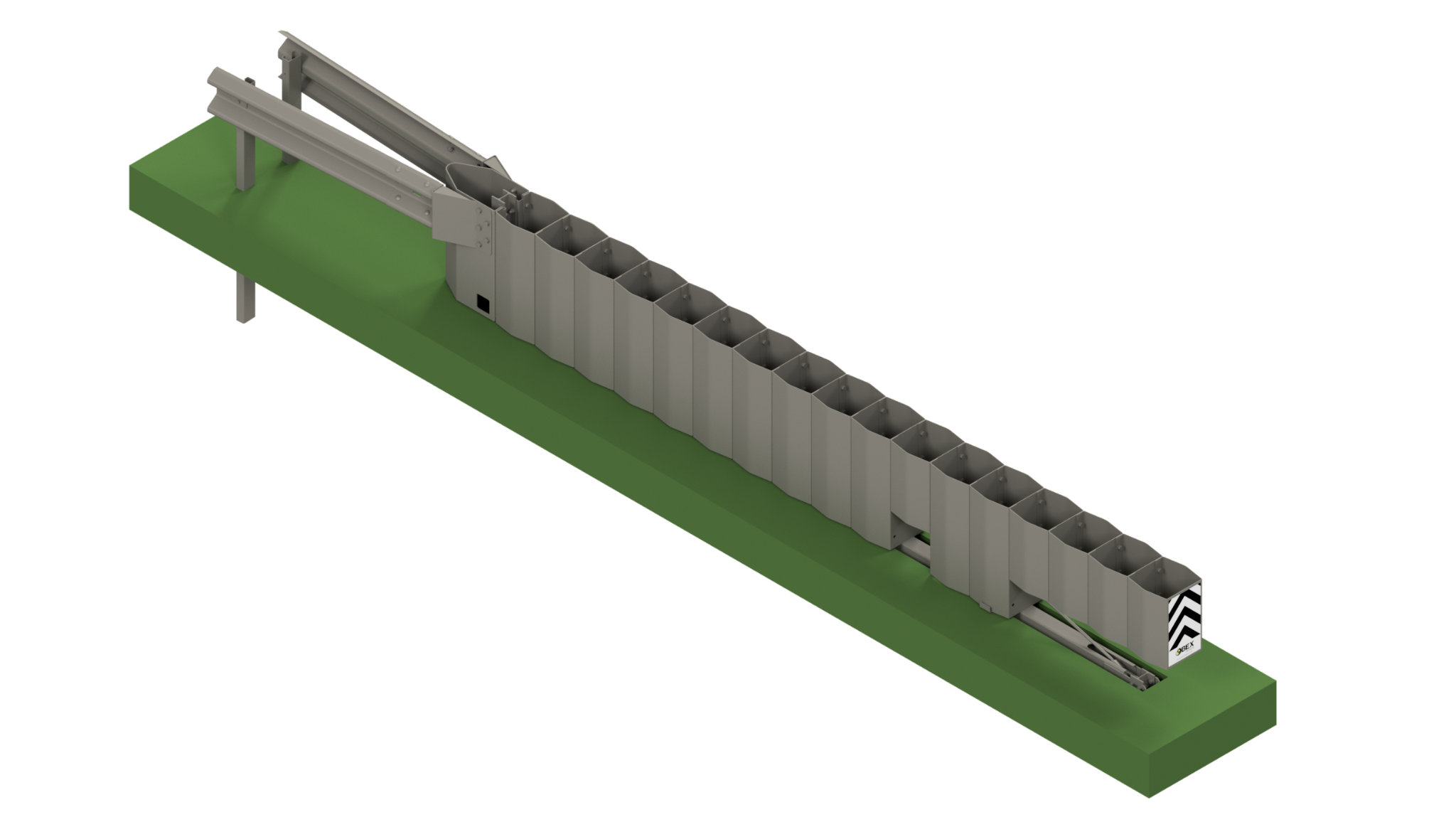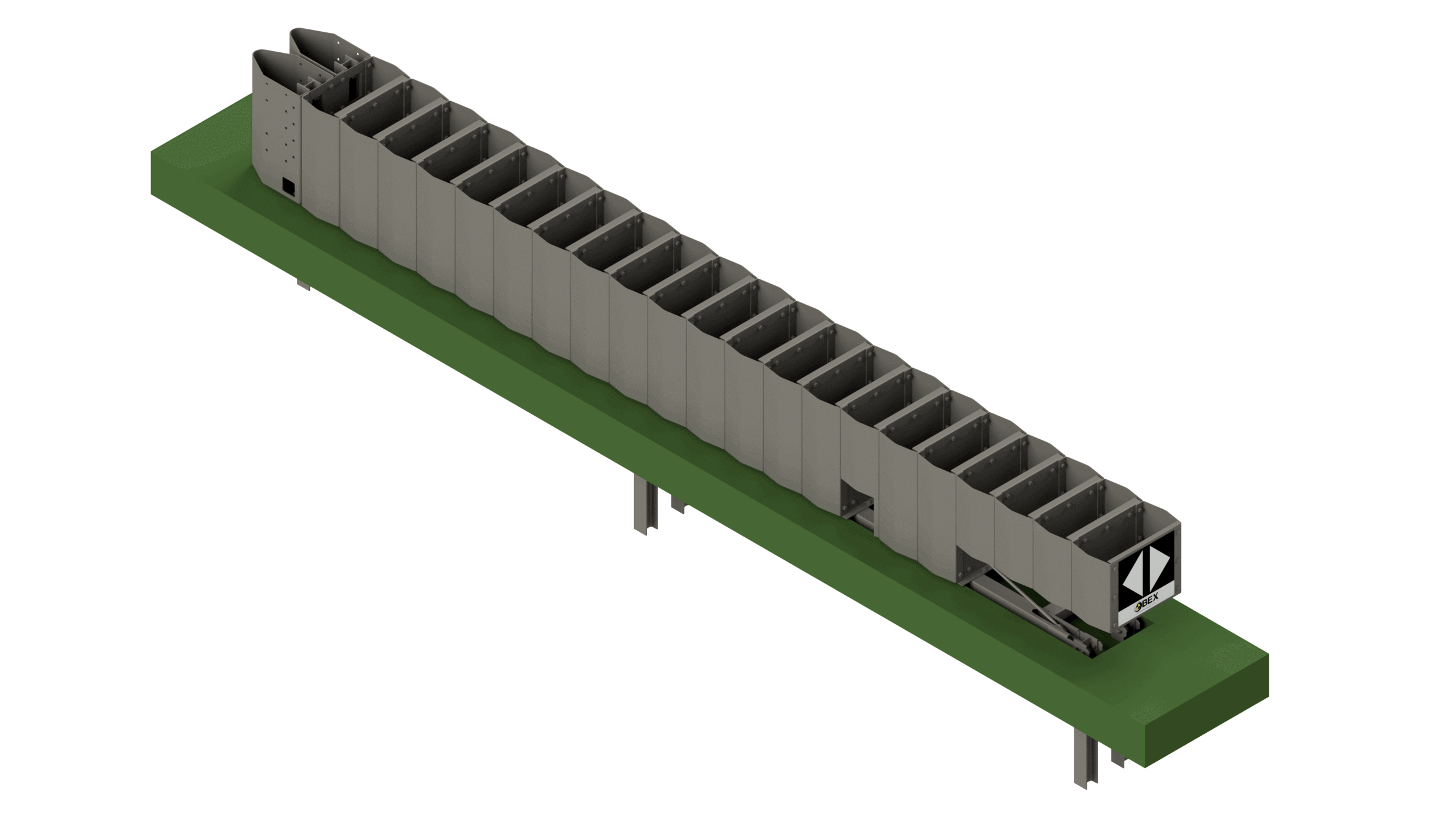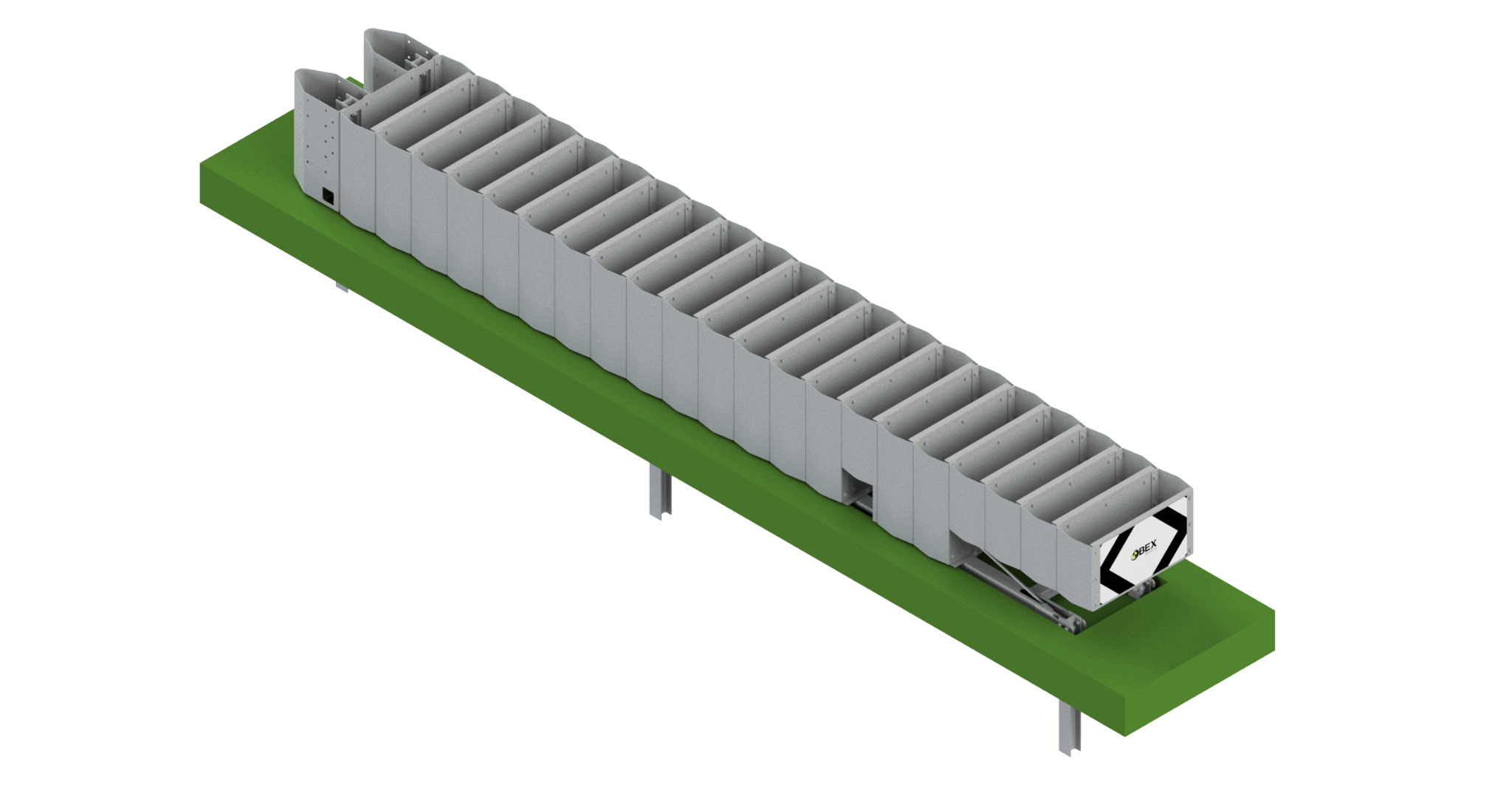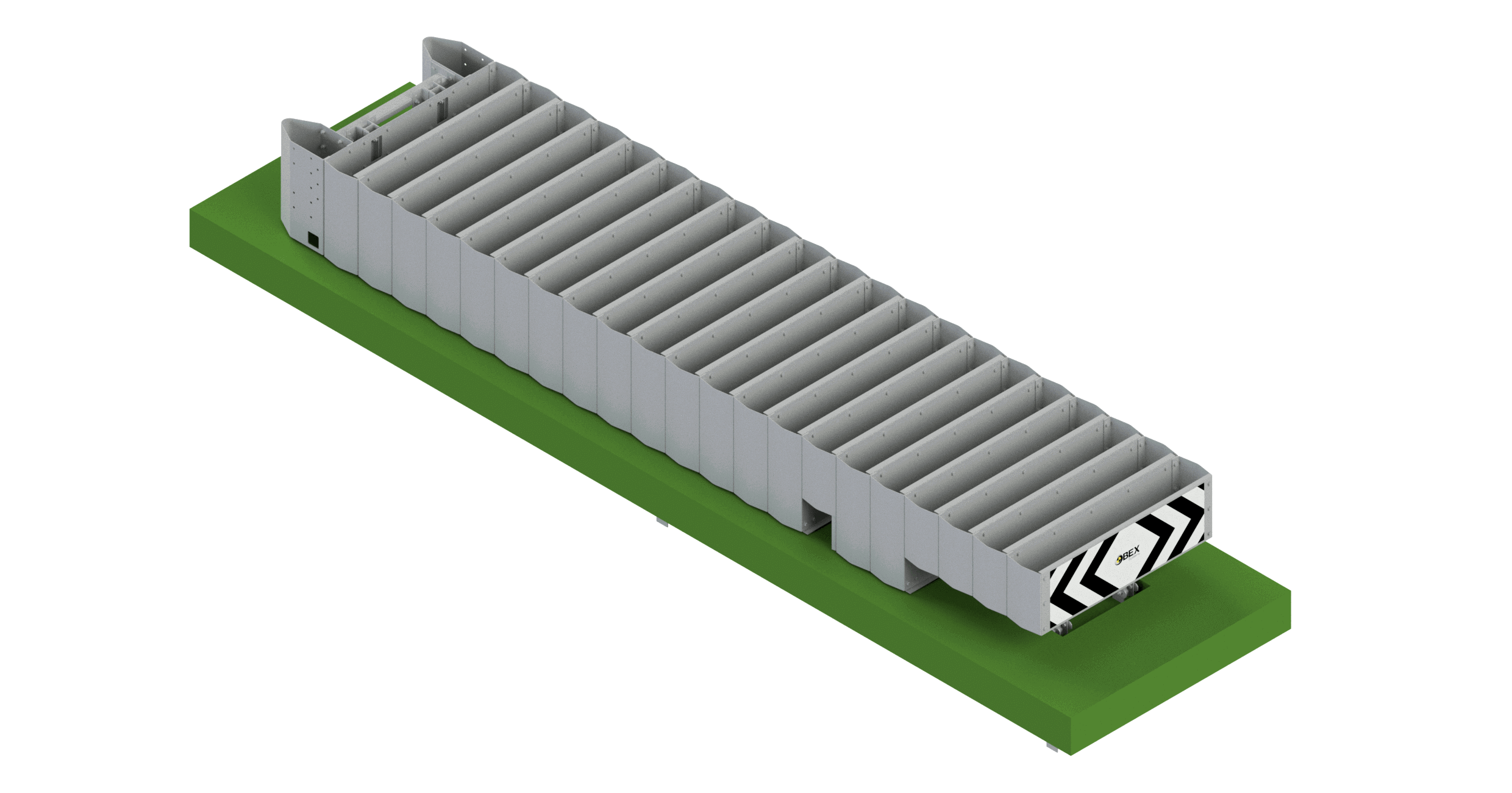For a safe Christmas on the road
We are approaching the Christmas holidays, when we usually meet with our loved ones, sometimes traveling many kilometres to be back home for some days. For us, the best Christmas gift is that all drivers arrive safely at their destinations.
Data that, even if you don't like it, we have to tell you
According to the DGT, last Christmas 57 fatalities were settled in traffic accidents on Spanish roads. Most of the accidents involved loss of control and run-off-road collisions. 21 people were vulnerable users (pedestrians, motorists and cyclists) while 35 were vehicle drivers.
This is not data kind to say, but, if we want to make drivers aware of the importance of being careful on the road this Christmas, it is necessary to expose the reality as hard as it is. Hopefully this year this figure is reduced to the minimum possible. Let's do our best to achieve this goal.
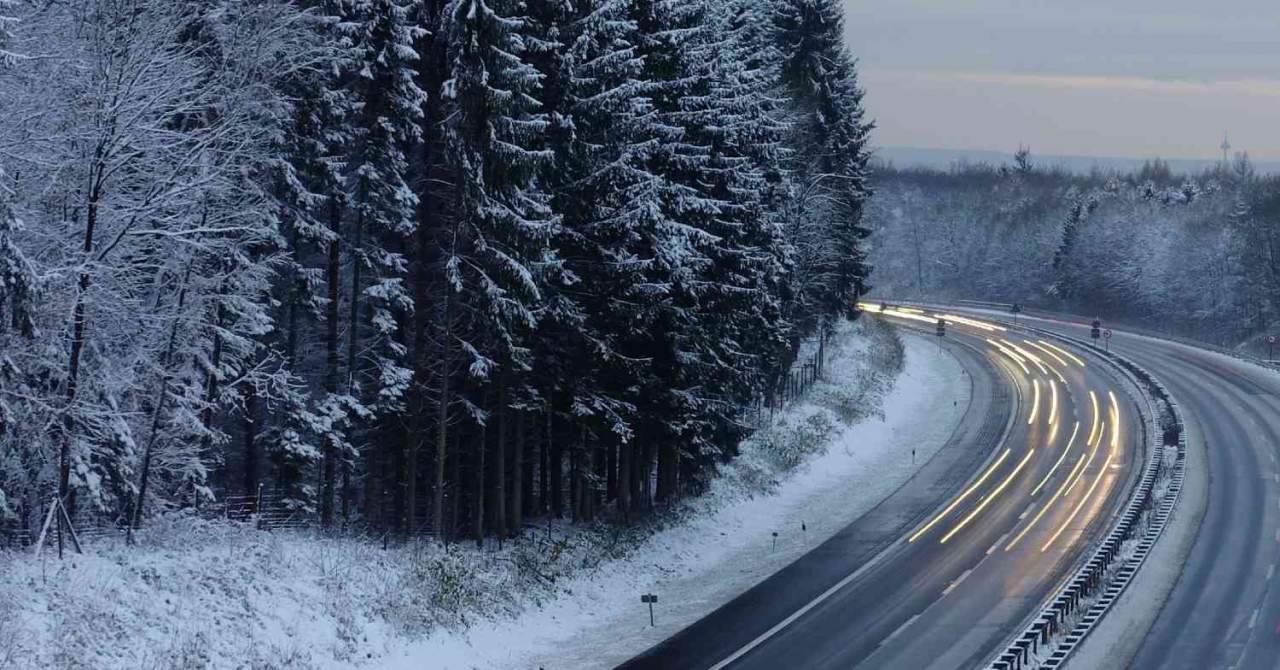
Traffic accidents: why do they happen more at Christmas time?
- At Christmas trips increase, up to a 16 million estimation. The more cars out there, the more chances of suffering an accident, so it is essential to exercise extreme caution at the wheel.
- Increase in alcohol consumption: Christmas lunches and dinners stand out for their joy, delicious food, and as a general rule, a few extra drinks. Something as simple and effective as the famous 'if you drink, don't drive', unfortunately it is not followed literally, and every Christmas, a considerable number of drivers test positive for breathalyzer, posing a great danger to safety drivers and themselves.
- Adverse weather conditions: Winter weather can play against us. Strong winds, icy roads, fog or rain multiply the danger on the roads. These adverse weather conditions make it difficult to control the vehicle and can trigger accidents, so it is important to slow down, keep a safe distance from other vehicles and drive with all 5 senses on the road.
- Speeding: Speeding is the leading cause of traffic accidents at Christmas. These are dates when we tend to get overwhelmed by last minute purchases and the unexpected ... But rushing on the road is never a good option. Think before acting!
With all these factors in mind on the road, we can all have a happy Christmas free of bad news. These dates are to be enjoyed to the fullest!
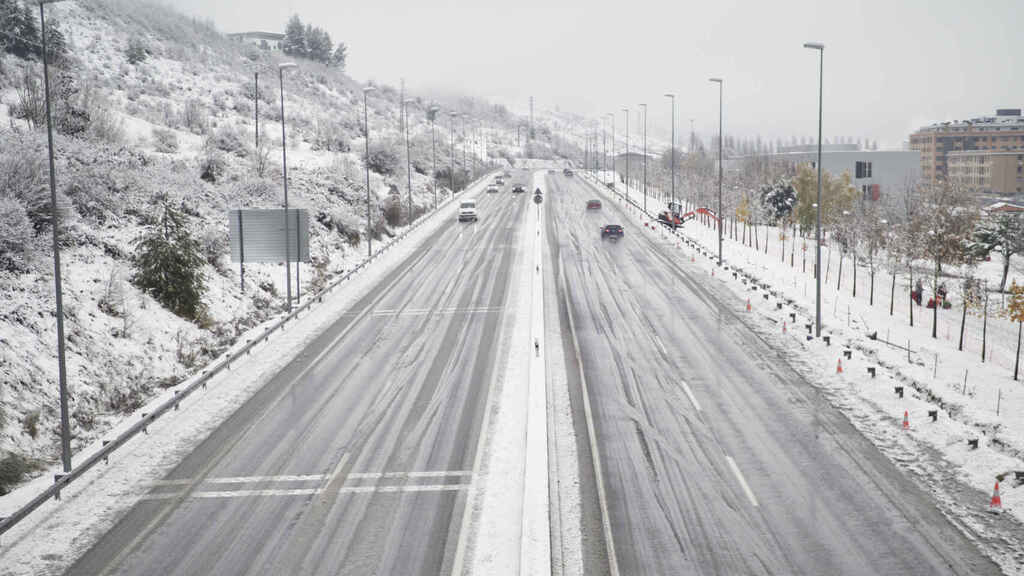
Protection is our goal: Discover our products
Whether it is Christmas or not, whatever the date, road safety does not understand holidays and we are always there. Our products, both on Spanish and international roads, take care of the people who travel every day, protecting people, saving lives.
Next, we show you some of the products that we design, manufacture and install at Metalesa to guarantee the safety of what matters most to us: people. Because you deserve a Christmas full of love and happiness.
Bridge equipment
The bridges on the roads represent sections of more danger for drivers, therefore, we take care of providing them with protection measures through the installation of equipment for bridges.
Bridge Metal parapets
A metal parapet is a vehicle restraint system approved according to the UNE EN 1317 parts 1 and 2 standard, so that having passed the relevant full-scale tests it has obtained the CE marking. It is placed in passage works, wall crowning, bridge decks ...
We have the META13 bridge parapet and the META16 metal parapet, essential as elements to guarantee road safety.
Some of its advantages:
- Both parapets allow the placement of acoustic screens and vandal-proof fences at a very short distance from the parapet.
- In the event of a vehicle crash, replacement of items is quick and inexpensive.
- It is very versatile with the possibility of placing grilles or protection systems for motorists
- High durability through discontinuous galvanization, allows thermo-lacquering in the different colors of the RAL chart.
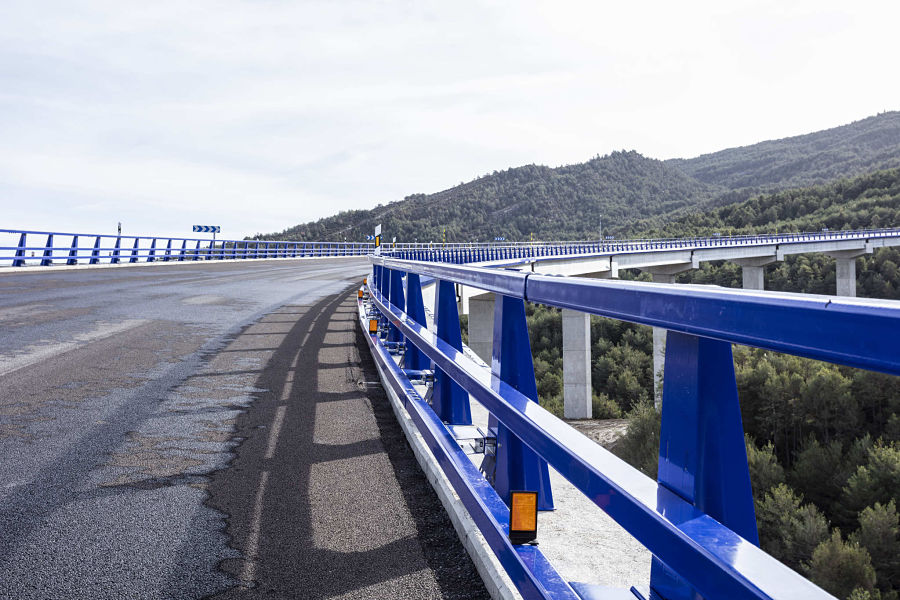
Railings for bridges
Bridge rails function as a restraint system for people or other personal mobility vehicles.
We have a wide variety of models of steel railing for bridges that are easy to install, being able to choose the most suitable thermo-lacquered finishes and colors for the integration of the railing with the landscape.
We also manufacture stainless steel railings, with steel cable or other designs that will cover any project requirement.
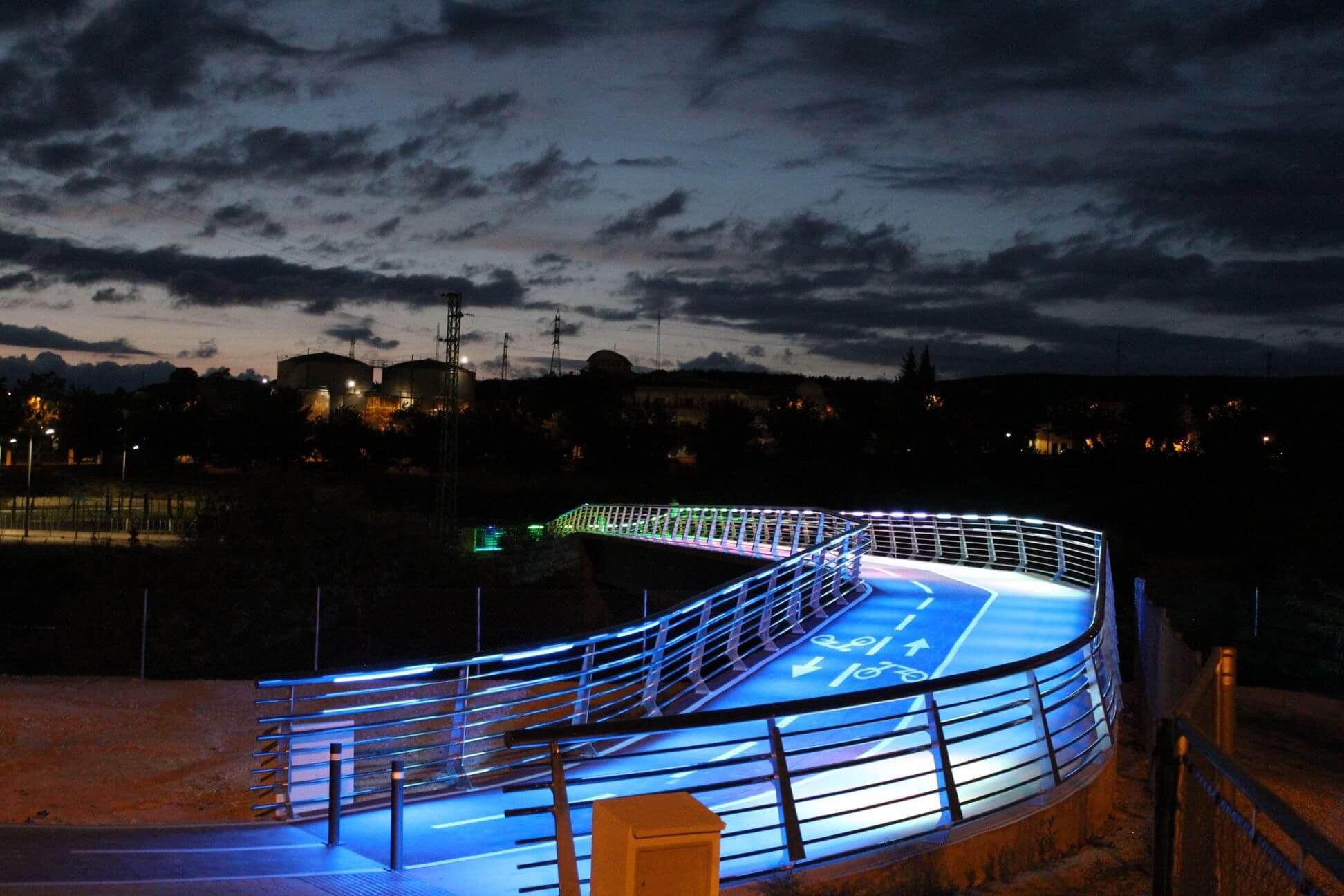
Metal bridge fascias
A metal fascia for bridges is an element that finishes off the edge of the bridge deck, either to accommodate electricity, gas or water conduits or for cladding. This type of bridge equipment embellishes the bridge, not only providing functionality, but also elegance.
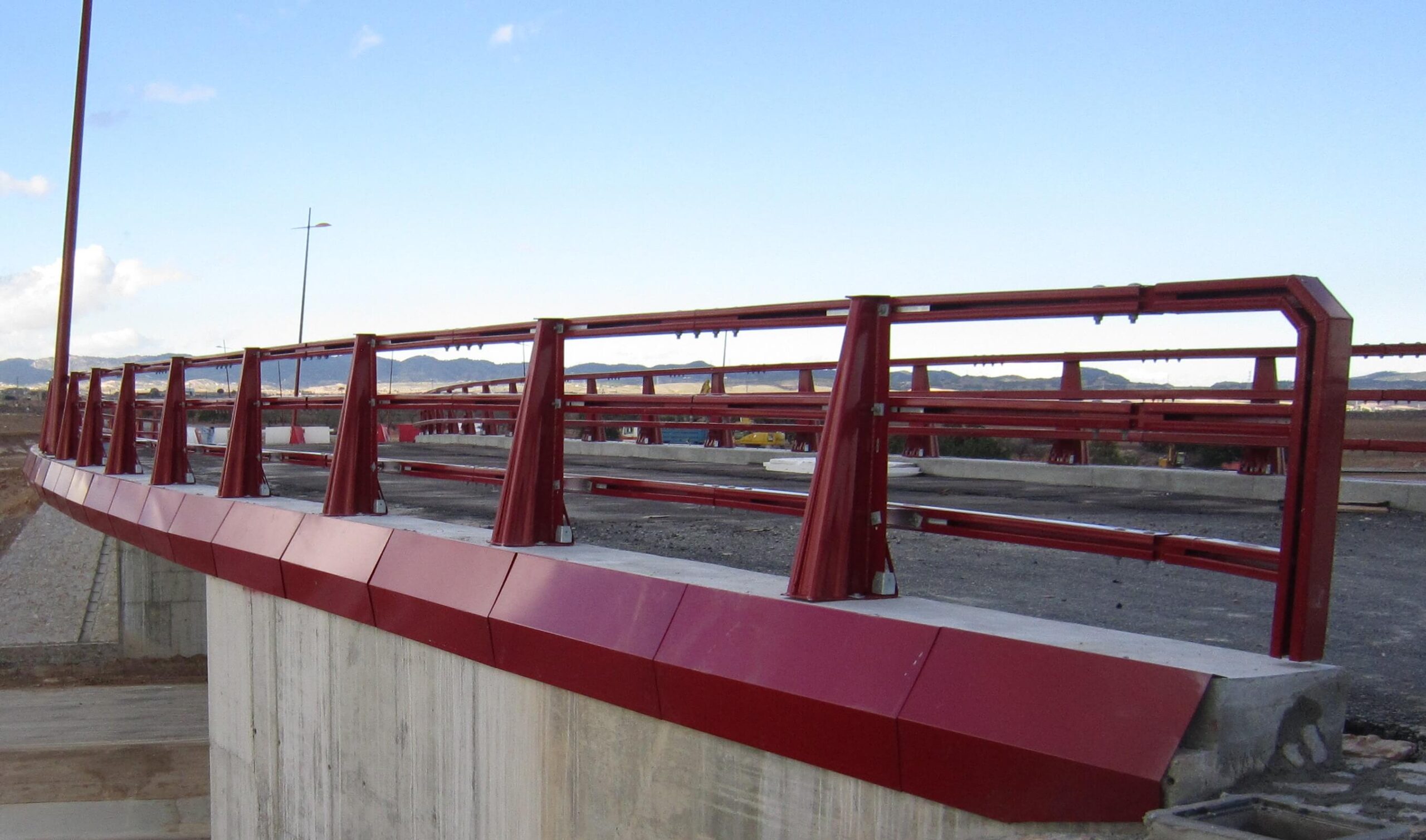
Cornices for bridges
Like fascias, cornices for bridges are a type of equipment for bridges that also reinforces the structure by providing greater rigidity, and allows housing to accommodate electricity, gas or water conduits. They are very common in France.
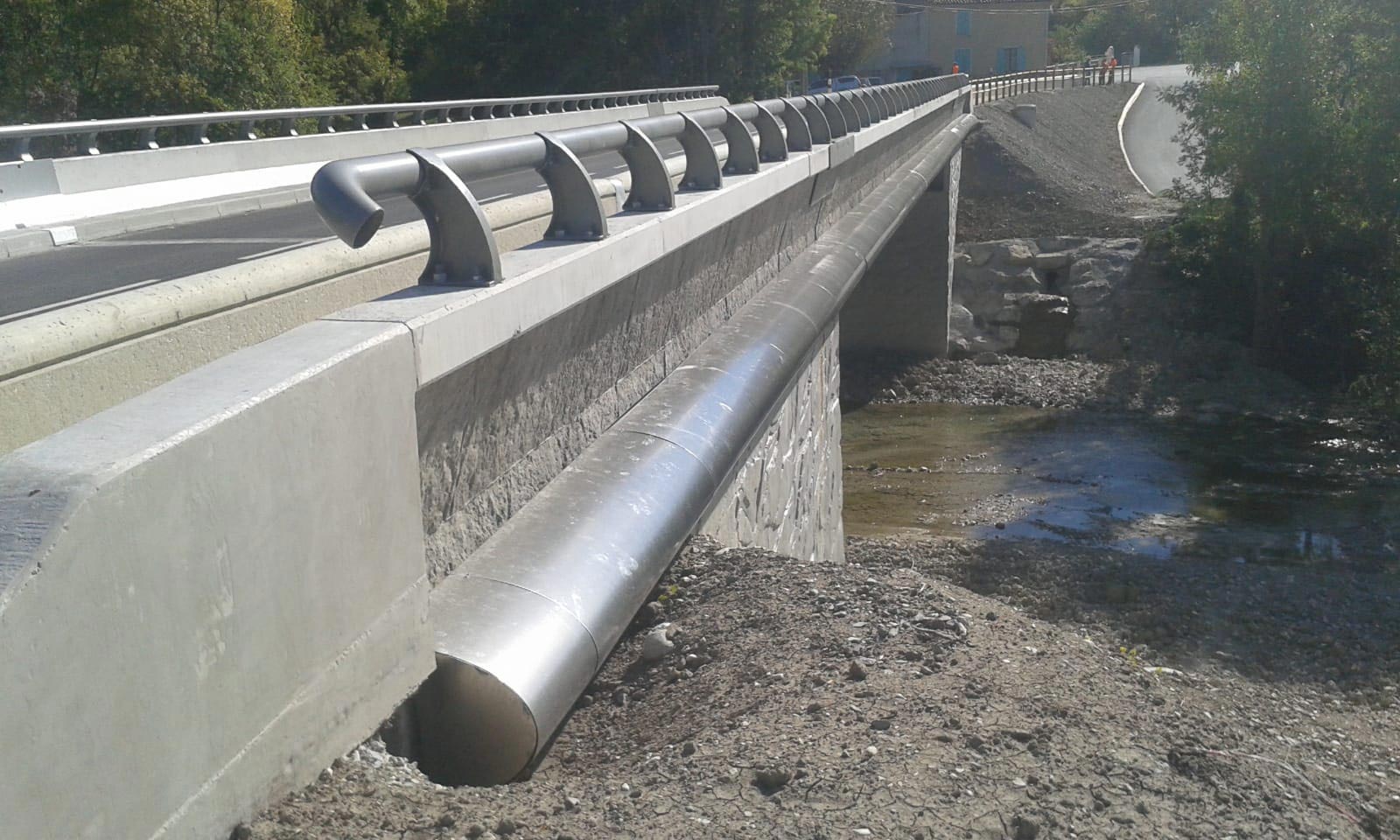
Crash cushions
Crash cushions are considered one of the most effective life-saving devices. They consist of a deformable structure that brakes the vehicle in the event of a crash, absorbing the impact, considerably reducing the serious consequences of the accident.
At Metalesa we have a wide variety of models, which is essential to place them in the correct position on the road so that they can fulfill their function. Each model is suitable to withstand different energy levels depending on the weight and type of vehicle and the impact speed. In addition, these are approved according to the UNE EN 1317-3 standard, which defines the test conditions for obtaining the CE marking.
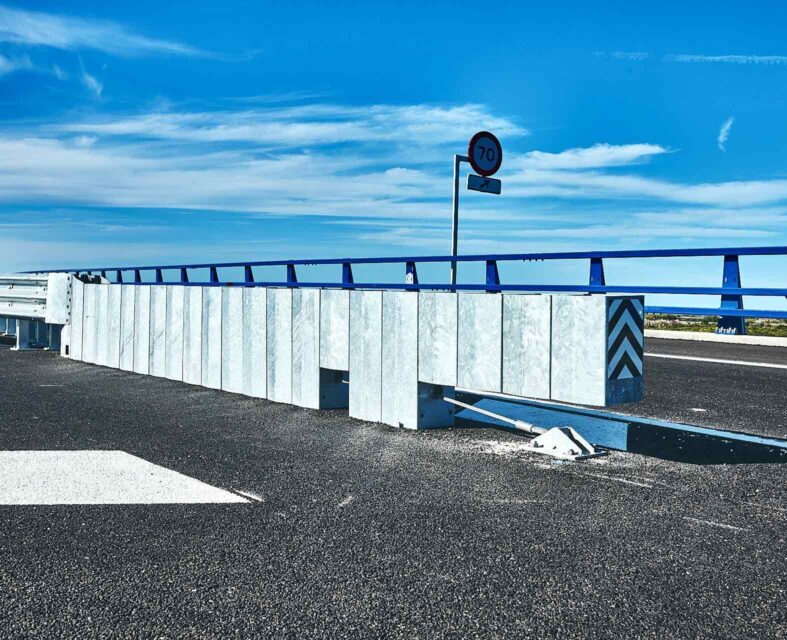
This Christmas, we are going to accompany you on all your trips. We want to protect you and that your destiny is none other than to meet those you love so much. Our products on the roads save lives, but never let your guard down because Road Safety does not understand holidays. Protection is our goal!
Crash Cushions and Barrier Terminals. Application criteria
Vehicle Containment Systems (VCS) are undoubtedly one of the key elements when it comes to measuring the level of road safety on our road network. These systems, if installed with the appropriate quality standards, significantly reduce the consequences of accidents, mainly off-road or frontal impacts.
There are many national and international regulations that allow the evaluation and certification of products, and that establish a guide of criteria to install them properly, always according to the characteristics of the road and the prescriptions of its manufacturer.
Regulations for vehicle containment systems
The applicable regulation in Europe is UNE EN 1317, which includes several parts with which to evaluate barriers, parapets, crash cushions, transitions between VCS, barrier terminals, removable barrier sections, as well as motorcyclist protection systems. Once established throughout the common European area, each administration must transpose these guidelines by adding its own local criteria. In the case of the Spanish administration, installation criteria for vehicle containment systems is defined in the 35/2014 Circular Order.
This regulation applies in the National Roads Network establishing installation criteria mainly for both barriers and bridge parapets. However, if you are looking for installation criteria for crash cushions or terminals, you will hardly find any reference in article 6.6 where terminals are mentioned as barrier ends, in articles 6.7.3 and 6.7.4 where their differences are mixed, and finally, in article 9, where they are once again mixed up without clarifying when to use one or the other.
Crash cushions have CE marking because part 3 of EN 1317 is harmonized by part 5. However, the terminals do not have CE marking as they are not harmonized by that part 5.
Terminal and Impact Attenuator Performance Levels
Additionally, these systems are classified according to their level of behaviour:
- The Crash Cushions can be of classified as Behaviour Level 50, 80, 100 and 110. This number refers to the speed at which they are tested. For each level, the standard provides for 5 full-scale tests with different directions and angles of approach.

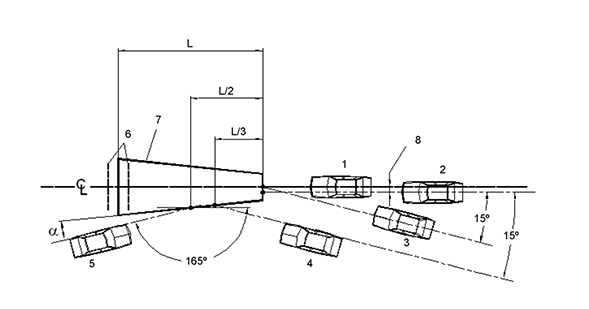
- The Barrier Terminals are currently classified by their Class of Behaviour P1, P2, P3 and P4 according to part 4 of the standard. This part 4 is valid, but it is expected to be imminently replaced by a new Technical Specification for Barrier Terminals recently approved by the Standardization Committee. In this TS, the Terminals are classified differently, as T50, T80, T100 and T110, which is a very similar classification to that of the crash cushions. As for the full-scale tests, up to 6 tests are contemplated to evaluate their behaviour.
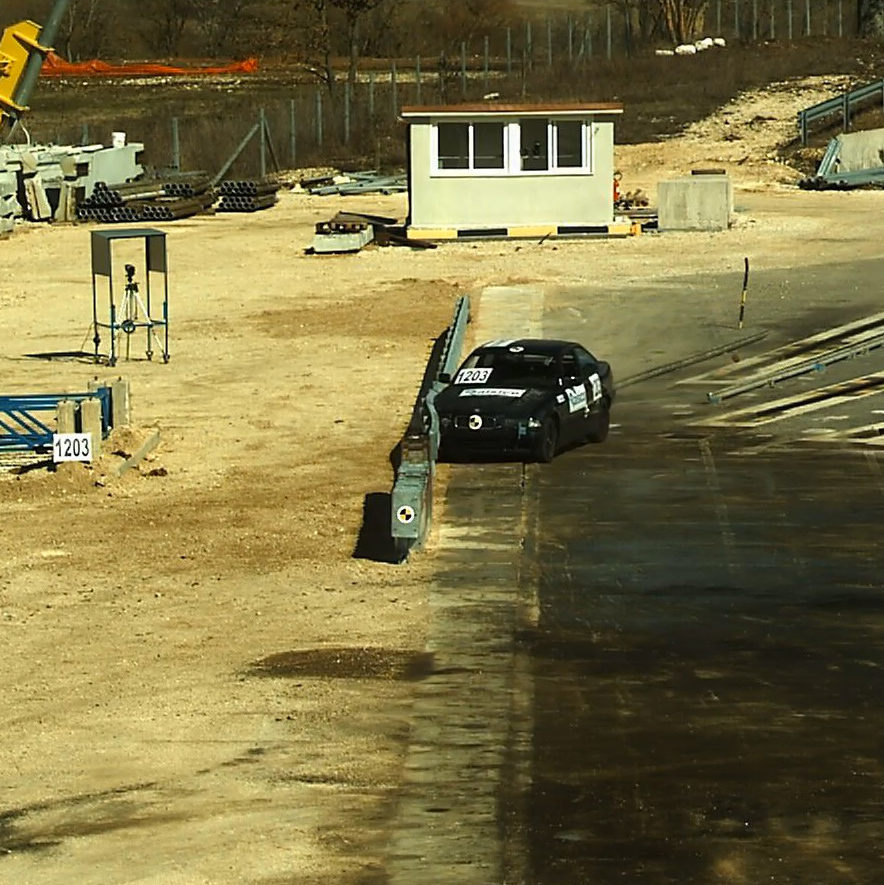
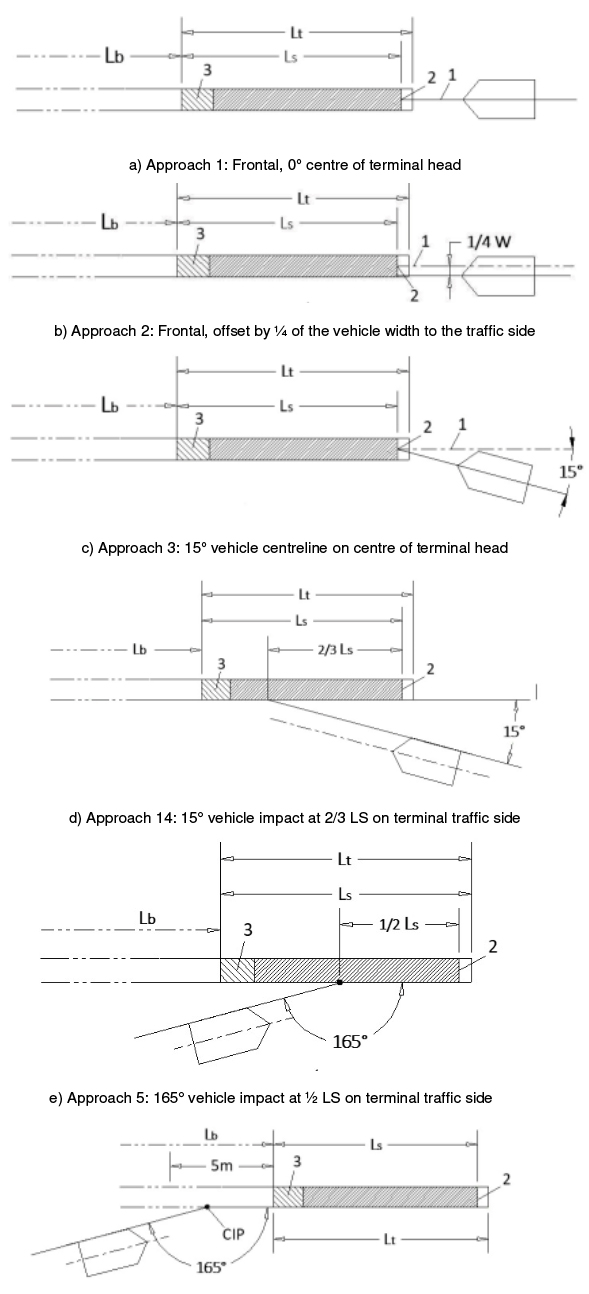
All these tests make it possible to characterize the crash cushions and barrier terminals, assigning them deformation parameters associated with the displacements that have occurred in the test itself, as well as severity values for the vehicle occupants.
Criteria for application of Crash Cushions and Barrier Terminals
As seen, the European regulations brings some light to these road safety systems, but when it comes to the actual project on site, where the variety of scenarios is very wide, OC 35/2014 lacks criteria about when using terminals and/or crash cushions, compared to the exhaustive detail of barriers and parapets. For example, in the case of barriers and bridge parapets we can define what level of behaviour is required depending on the severity of the accident and the characteristics of the road. However, in the case of terminals and crash cushions there is no common criteria that guides the choice of the system. One option is to choose the system based on the speed of the track and the speed at which the system was tested. Curiously, this criterion is not the one applied to barriers or bridge parapets, where it is common to install a parapet tested at 70 km/h on a road where driving at 120 km/h is allowed.
Another common point of installation of barrier terminals and crash cushions is in divergences. Once again, the OC lacks installation criteria in these locations, a problem that raises many questions. For example, which road branch to prioritize and whether or not the shoulders of both branches have to be respected, or, for example, the position of the system on the crossroads, more or less away from the vertex of the divergence. In this case, it will be necessary to assess how much barriers of both branches can converge.
This positioning variability affects the chosen solution, since the crash cushions and barrier terminals can be obtained in families where, for the same system, there are several solutions in terms of widths and even inclinations of the walls, from 300mm to 2300mm wide.
These very brief notes regarding application criteria barely cover a few of the many doubtful aspects that are dealt with in much greater detail in a 40-minute webinar where, with many examples, photos and videos, we try to shed some light on the criteria that we are currently applying, To see this webinar access here.
Range of Impact Attenuators with CE marking from METALESA
By way of conclusion, we would like to point out that private companies are systematically developing new and better systems that optimize road safety conditions on our roads. But none of these will not go very far if it is not led by legal and regulatory tools that define how to use VCS efficiently and homogeneously. At Metalesa we have extensive experience in application criteria for these systems after multiple projects, and in case of doubt, we will be happy to advise and guide any technician and professional to shed some light on this world of vehicle containment systems.
